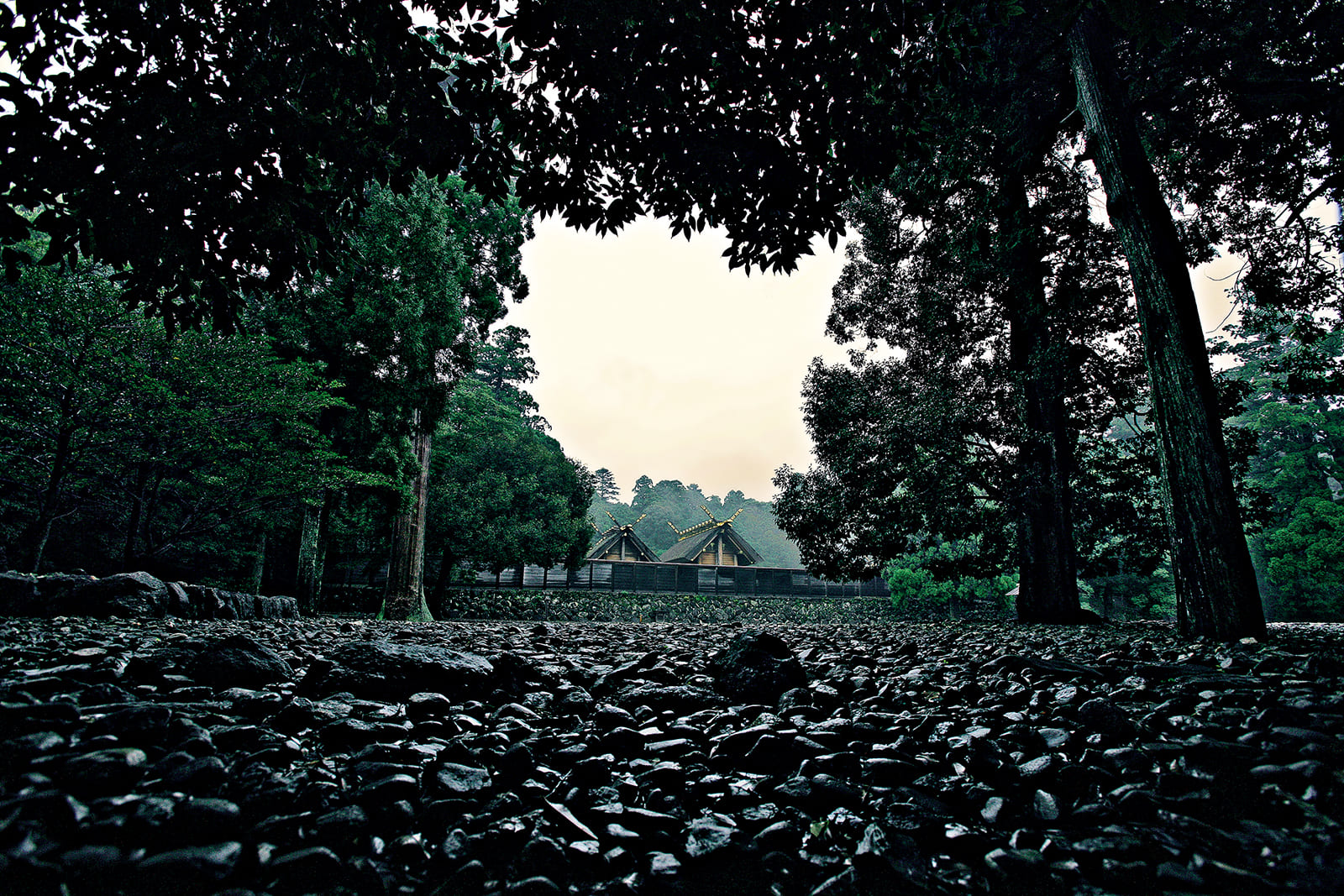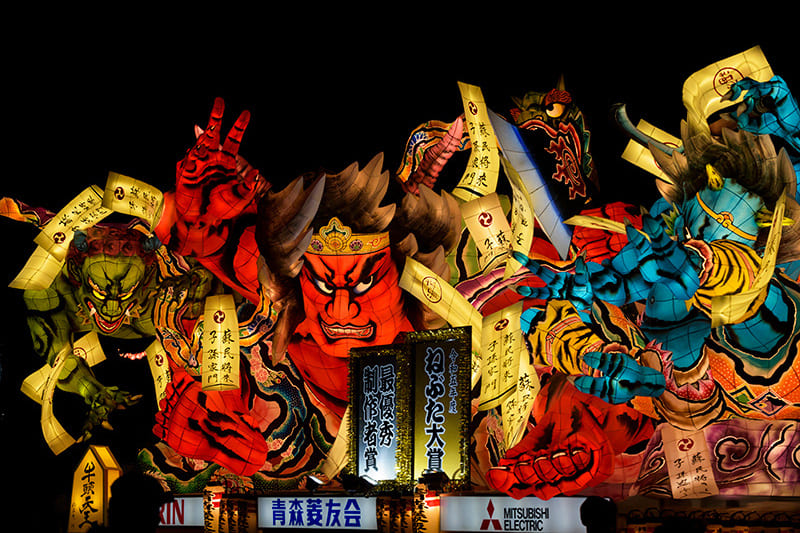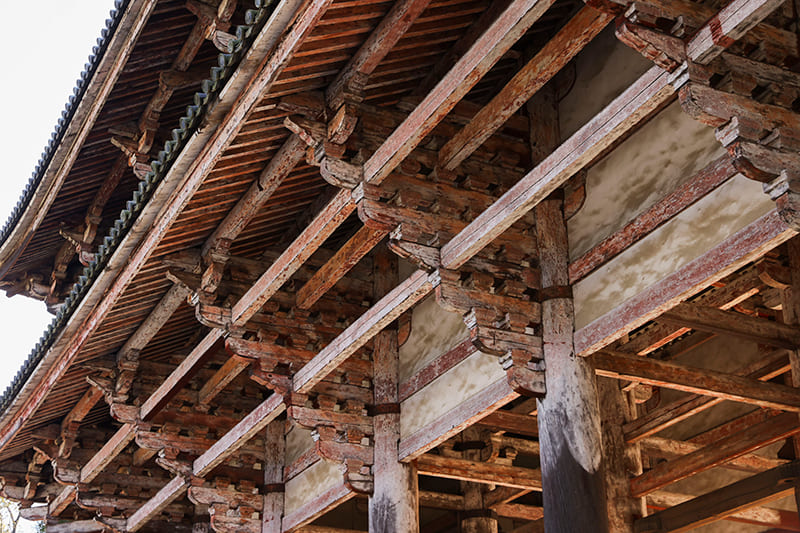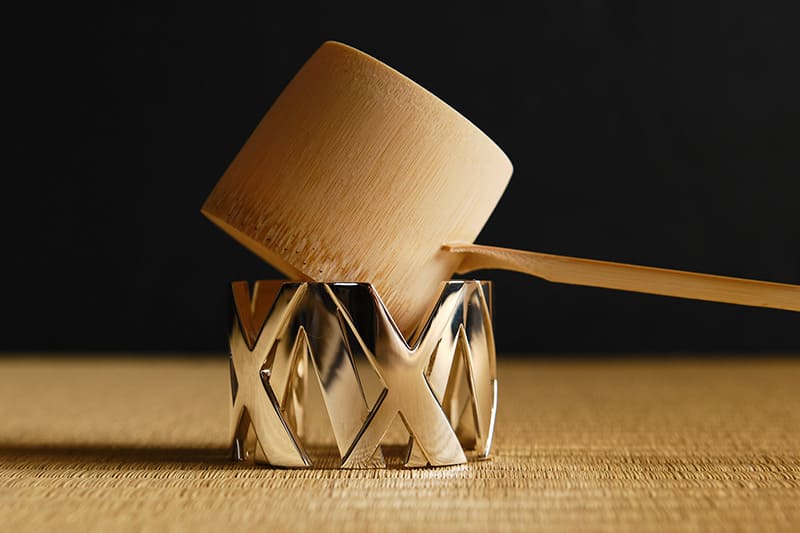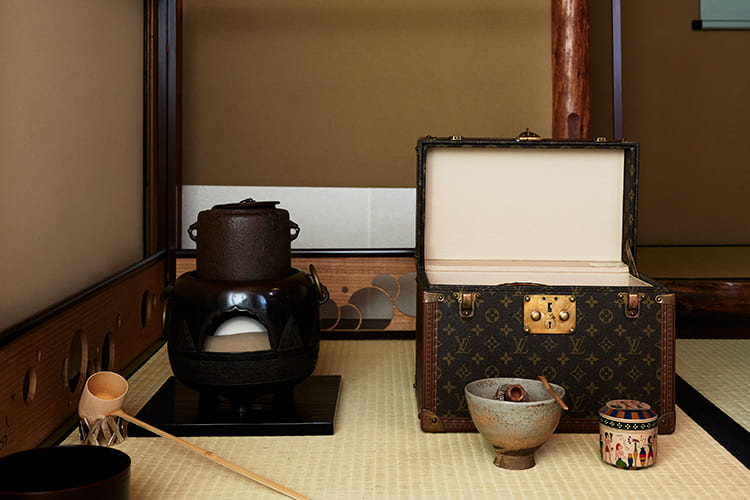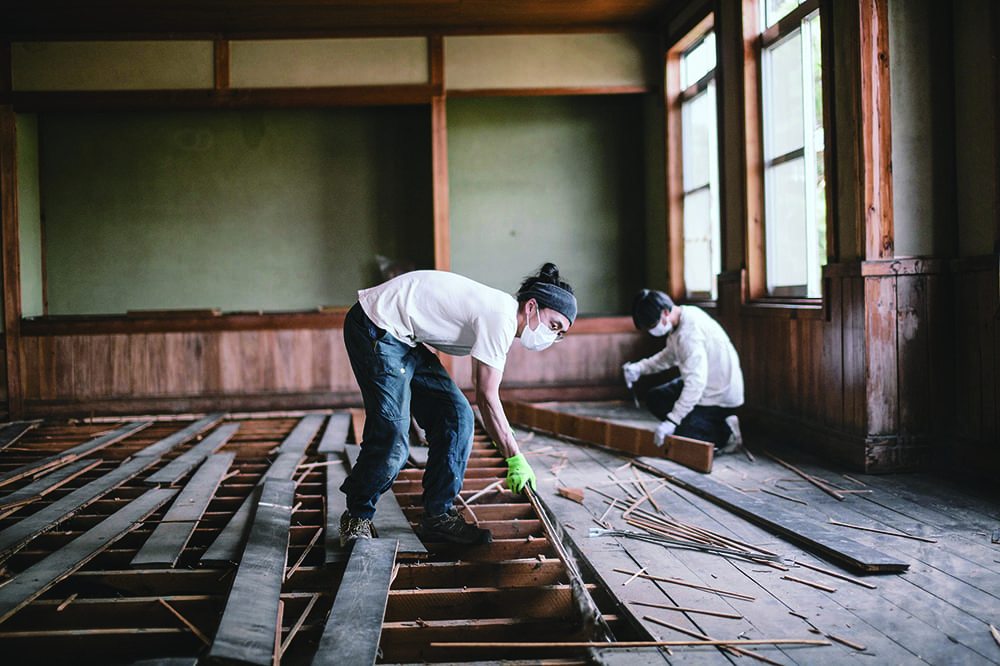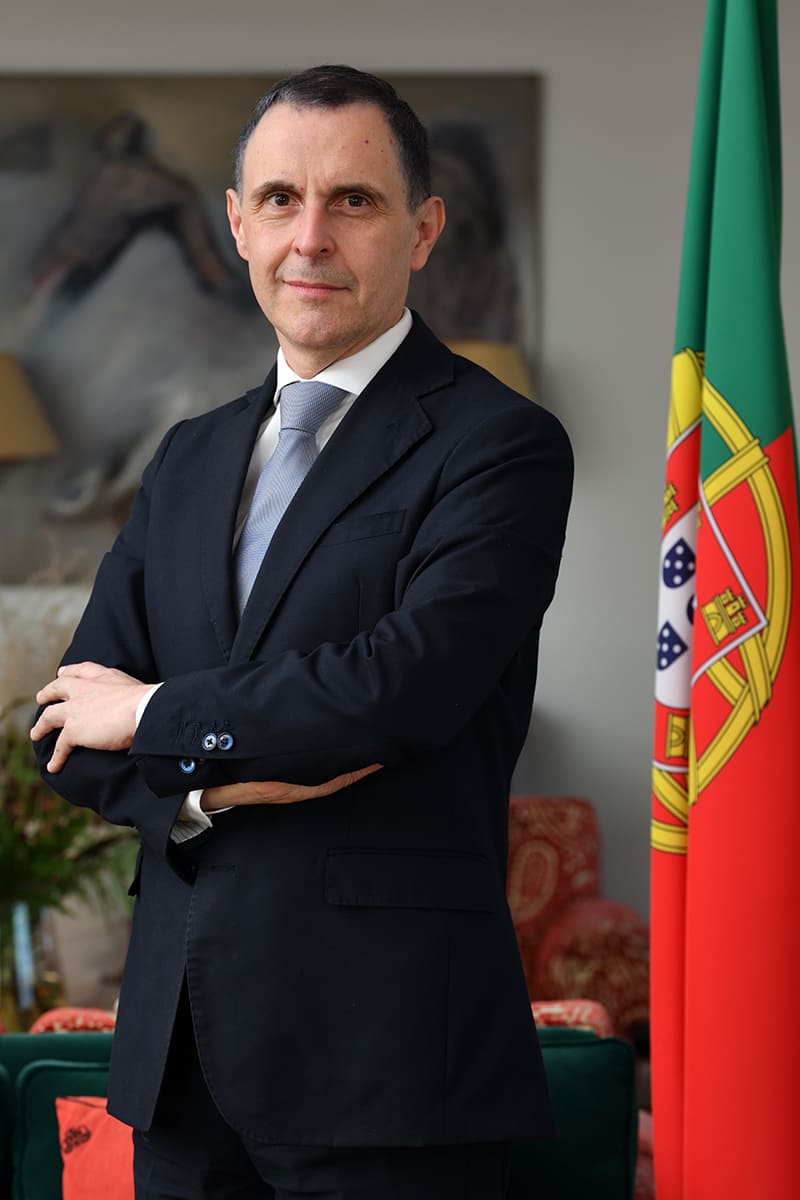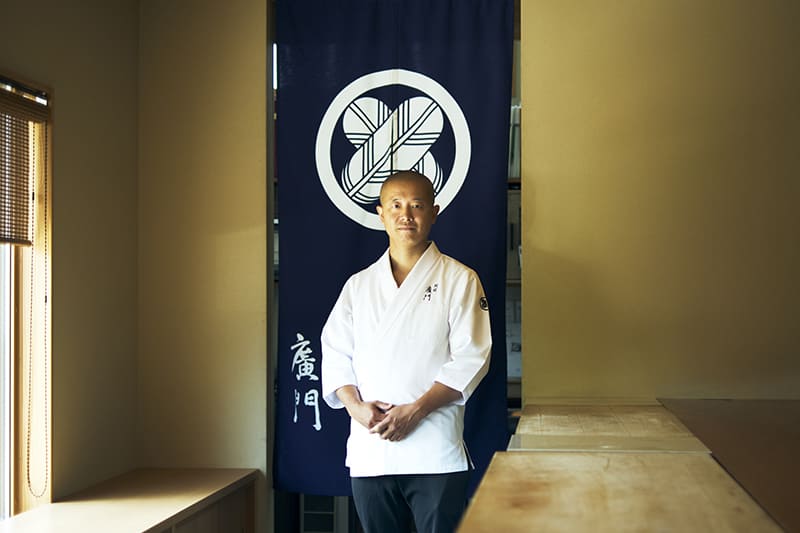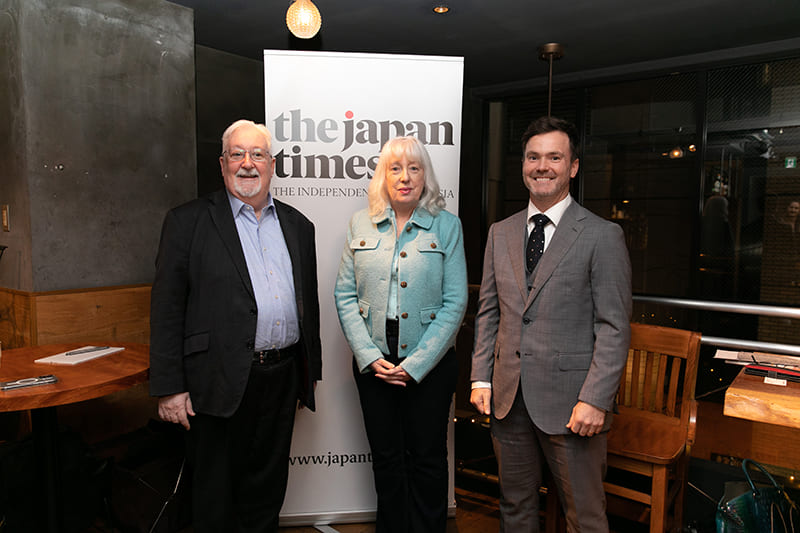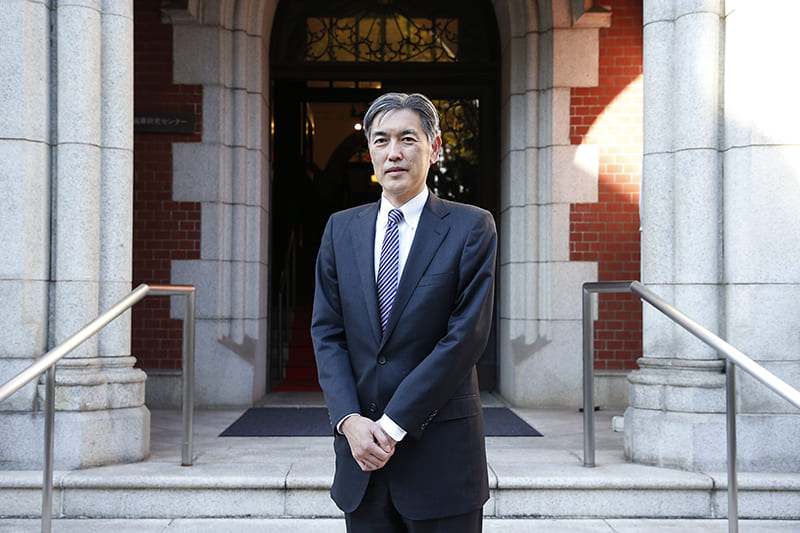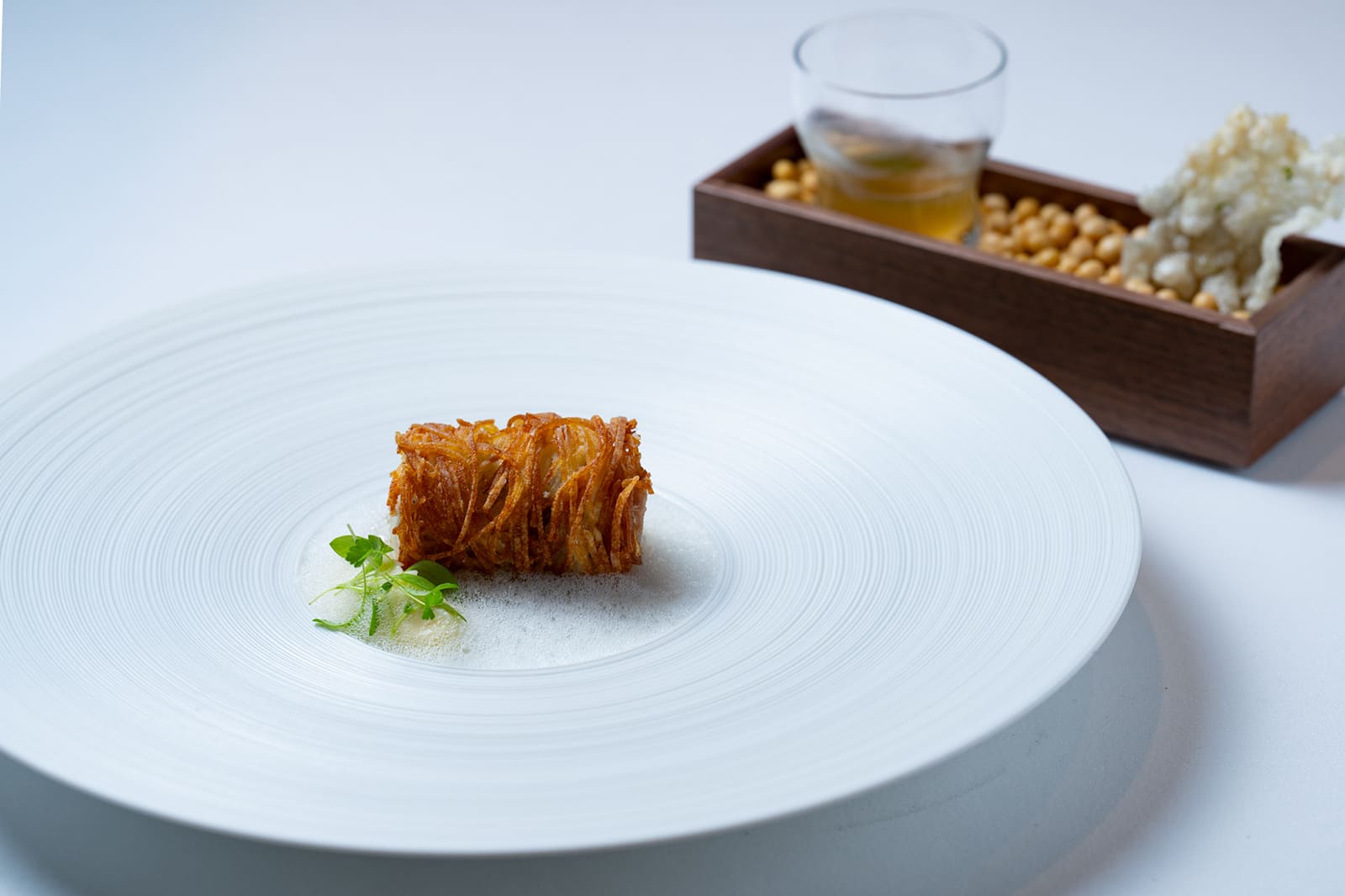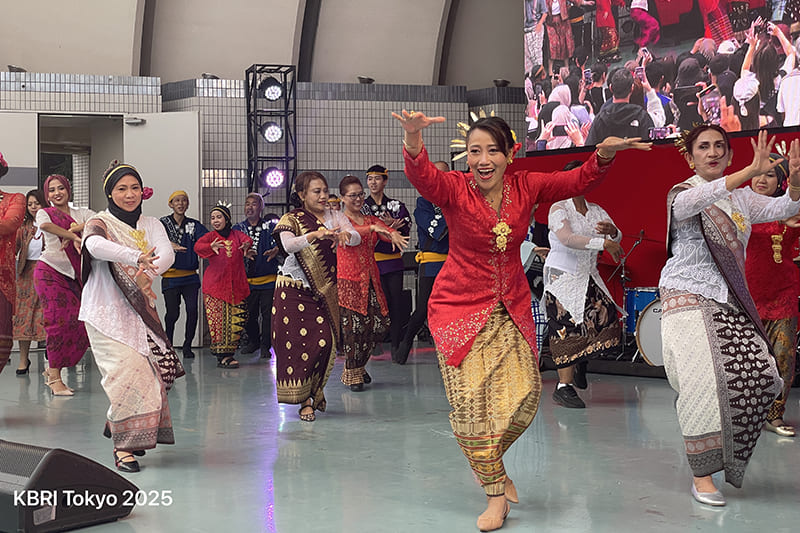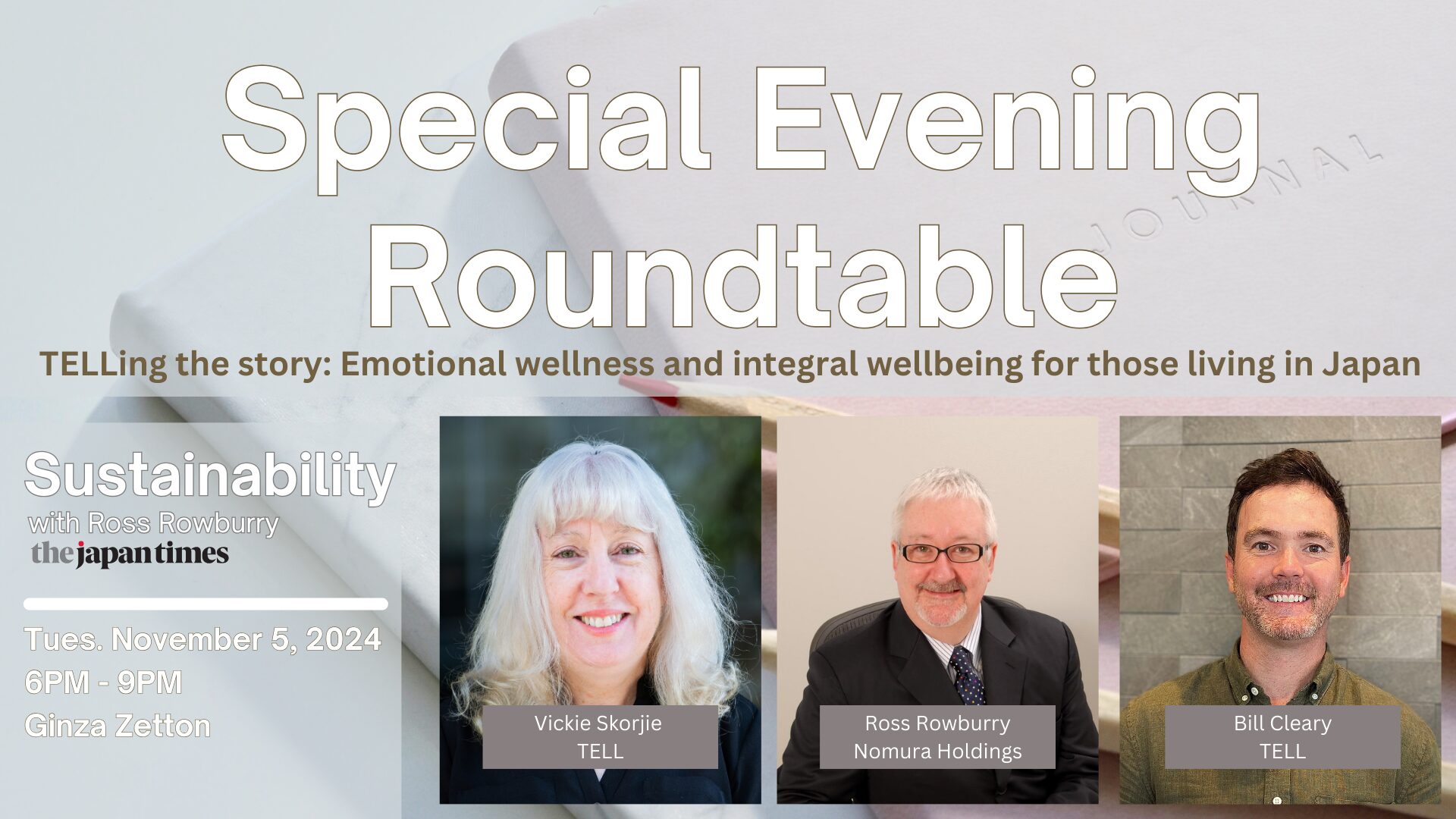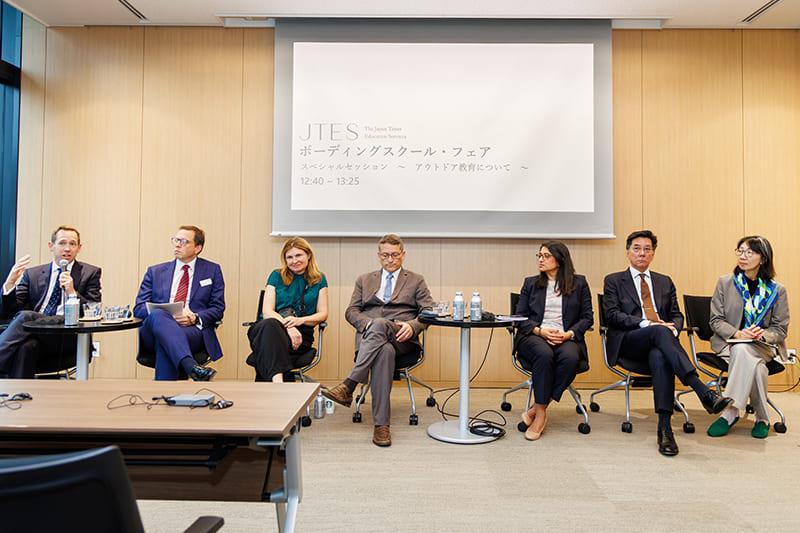July 25, 2025
What is Shikinen Sengu?
SUSTAINABILITY
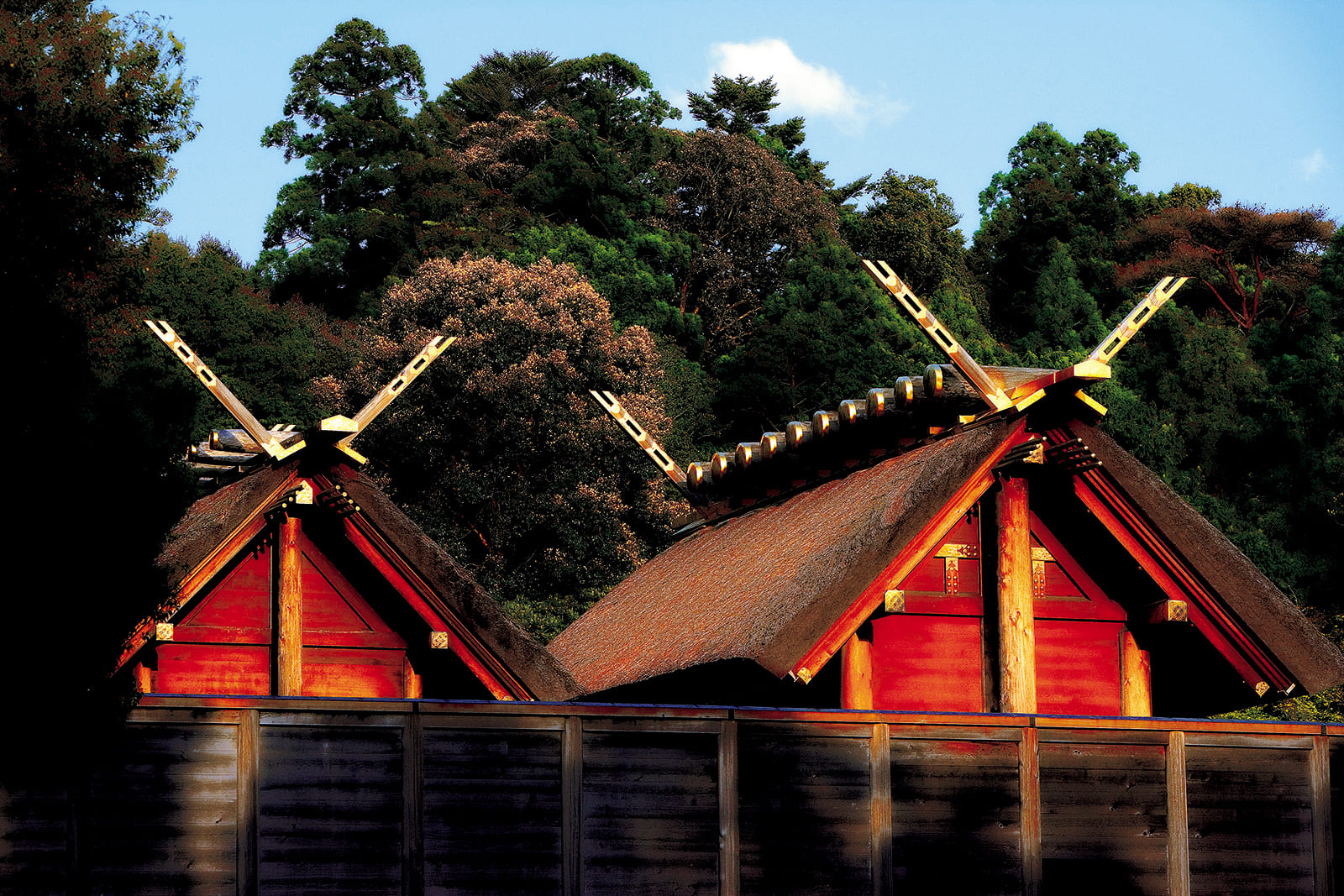
© MASAAKI MIYAZAWA
The Ise Jingu Shikinen Sengu ceremony is said to be based on the idea of tokowaka, which means maintaining eternal youth through renewal. In accordance with this ceremony, Ise Jingu has been rebuilt every 20 years (with some interruptions over the centuries), and the shrine pavilions we see today are thought to be largely unchanged from those that existed a massive 1,300 years ago. So, what exactly is Shikinen Sengu?
Well, “shikinen” refers to a set year, while “sengu” literally means to relocate a shrine. Taken together, the term generally means that shrine buildings are rebuilt and their deities are relocated to the new buildings in a fixed cycle, but the details differ depending on the shrine.
At Ise Jingu in Mie Prefecture, the practice is said to have started 1,300 years ago at the initiative of the 40th emperor, Temmu. The first ceremonial relocation of the shrine took place during the reign of the next emperor, Jito. Although there have been periods of interruption during which rebuilding has ceased, essentially every 20 years since then the 125 buildings in the grounds of Ise Jingu have been rebuilt and everything in them renewed, from the clothes and ornaments worn by the deities to the furnishings and ceremonial tools used in the halls.
In contrast, Izumo Taisha in Shimane Prefecture has its buildings repaired almost every 60 years. Kamigamo Shrine in Kyoto has held its Shikinen Sengu ceremony every 21 years since the middle of the Heian Period (794-1185). But since many of its buildings are now designated as National Treasures or Important Cultural Properties under the Law for the Protection of Cultural Properties, the ceremony is now mainly for the restoration of those buildings, not rebuilding. Many other shrines held Shikinen Sengu ceremonies in the past, but most stopped after around the 14th century. Nevertheless, rebuilding and restoring shrine buildings and renewing shrine tools and other items plays an important role in the preservation of the skills of shrine carpenters and craftspeople.
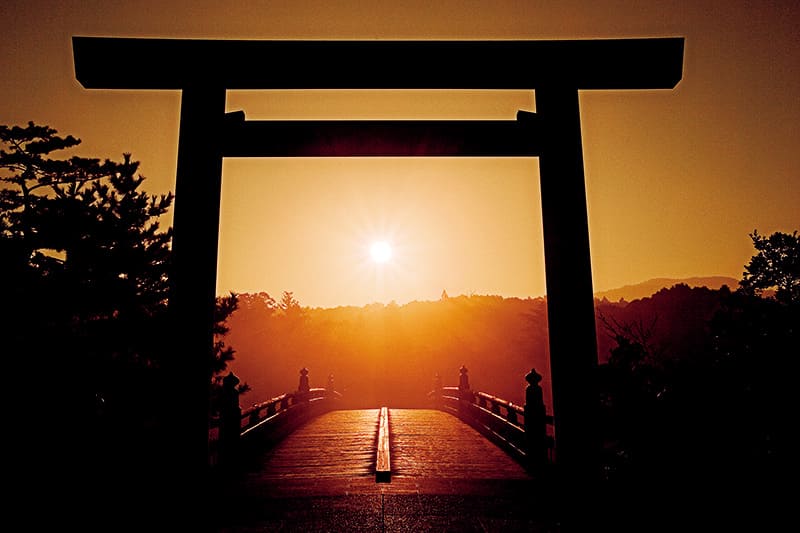
© MASAAKI MIYAZAWA
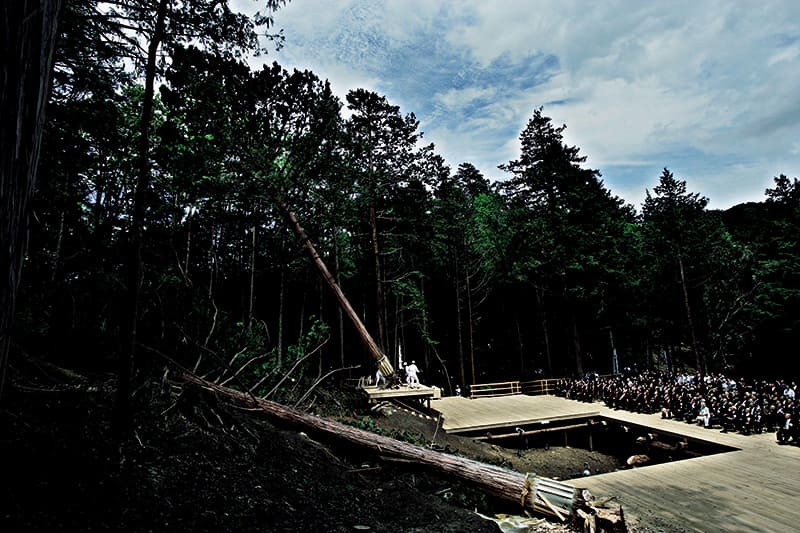
© MASAAKI MIYAZAWA
The architectural style used in Ise Jingu is known as shinmei-zukuri, featuring thatched roofs and hottate-bashira (posts set directly in the ground). It is said to have its origins in the stilted granaries of the Yayoi Period (approximately 300 B.C. to A.D. 300), and so is a fitting architectural symbol for a nation that was more or less built around rice cultivation. It is particularly significant that through the Ise Jingu Shikinen Sengu the techniques associated with this style have been passed down for 1,300 years. During each Shikinen Sengu, around 150 shrine carpenters get involved, and even when the shrine is not being relocated, just under 30 people work full time on repairing the shrine buildings or preparing for the next relocation.
The Ise Jingu Shikinen Sengu takes nine years, starting with the preparatory stage, during which three types of major Shinto rituals are performed. The first are the tree-felling festivals, related to preparing the timber that will be used to build the shrine buildings and other structures. The second are the shrine-building festivals, in which the new structures are raised on the new site. The third are the festivals for the relocation of the deities to the new shrine. For the 63rd Shikinen Sengu, to be held in 2033, the initial rituals, including the Yamaguchi Festival and the Misomahajimesai Festival, were held from May to June this year.
Since 1923, Ise Jingu has been progressing its Jingu Forest Management Plan, which is aimed at keeping the shrine self-sufficient in supplying the timber needed for future shrine relocations. With cypress trees taking 200 years to grow to the necessary size, the plan assumes a very long time span. However, assumptions around associated costs have likely fallen short. The Shikinen Sengu in 2013 cost approximately ¥55 billion (nearly $400 million), and there are concerns this could rise to ¥100 billion in 2033 as labor and material costs continue to soar. Ceremony costs were originally covered by the imperial court, then by the samurai government (the shogunate) through the Edo Period (1603-1868), and then by the government of the day until the end of World War II.
However, since Ise Jingu was made a general religious corporation after World War II, the ceremony has been financed from the shrine’s own resources, including donations, without any contribution from the government. At the same time, its Shikinen Sengu, which is powerful draw for tourists, has also had the effect of enriching the local economy.
And so the impact of the Ise Jingu Shikinen Sengu extends far beyond the natural environment and culture to the economy as well.
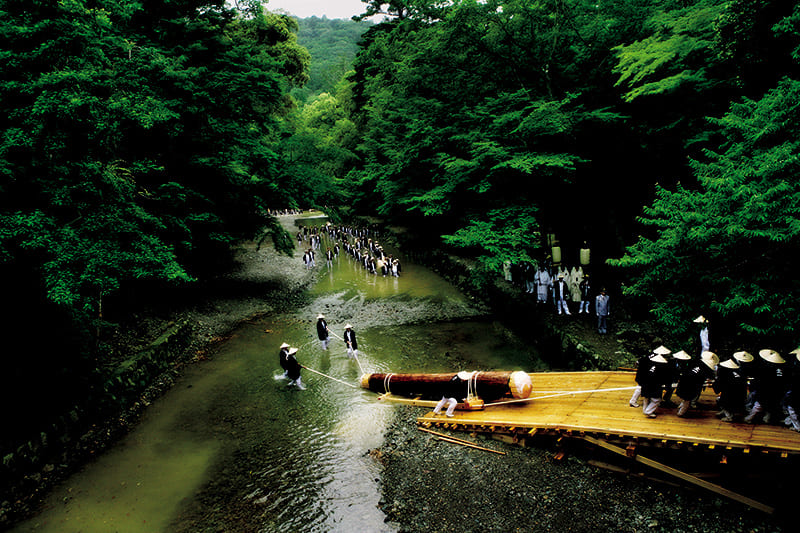
© MASAAKI MIYAZAWA
式年遷宮とは何か?
伊勢神宮は「式年遷宮」によって20年に一度建て替えられてきたため、私たちは1300年前とほぼ同じ姿の社殿を、現在も窺い知ることができる。
式年遷宮では宮域にある125社の宮社を建て替えるほか、神様の衣服や装飾品、殿内の調度品や儀式に使われる道具に至るまで、すべてを新調する。これにより、職人の技術が、次世代に継承される。
伊勢神宮の式年遷宮は準備段階から9年の歳月を要し、木の伐採から社殿の建築、神様を新殿に遷すお祭りまで、各過程で様々な神事が行われる。伊勢神宮は1923年より将来の遷宮を見据えて、用材の自給自足を目指す「神宮森林経営計画」を策定。200年かけて檜を育てるなど、非常に長いスパンで遷宮に取り組んでいる。だが人件費や資材の高騰が進み、2033年の式年遷宮には1000億円に上る可能性も懸念されている。
一方、観光資源としてもインパクトをもつ式年遷宮は、地域経済を大きく潤す効果もある。自然環境や文化面に加えて、経済面でも多大な影響力を及ぼす行事なのだ。
Return to Sustainable Japan Magazine Vol. 50 article list page

